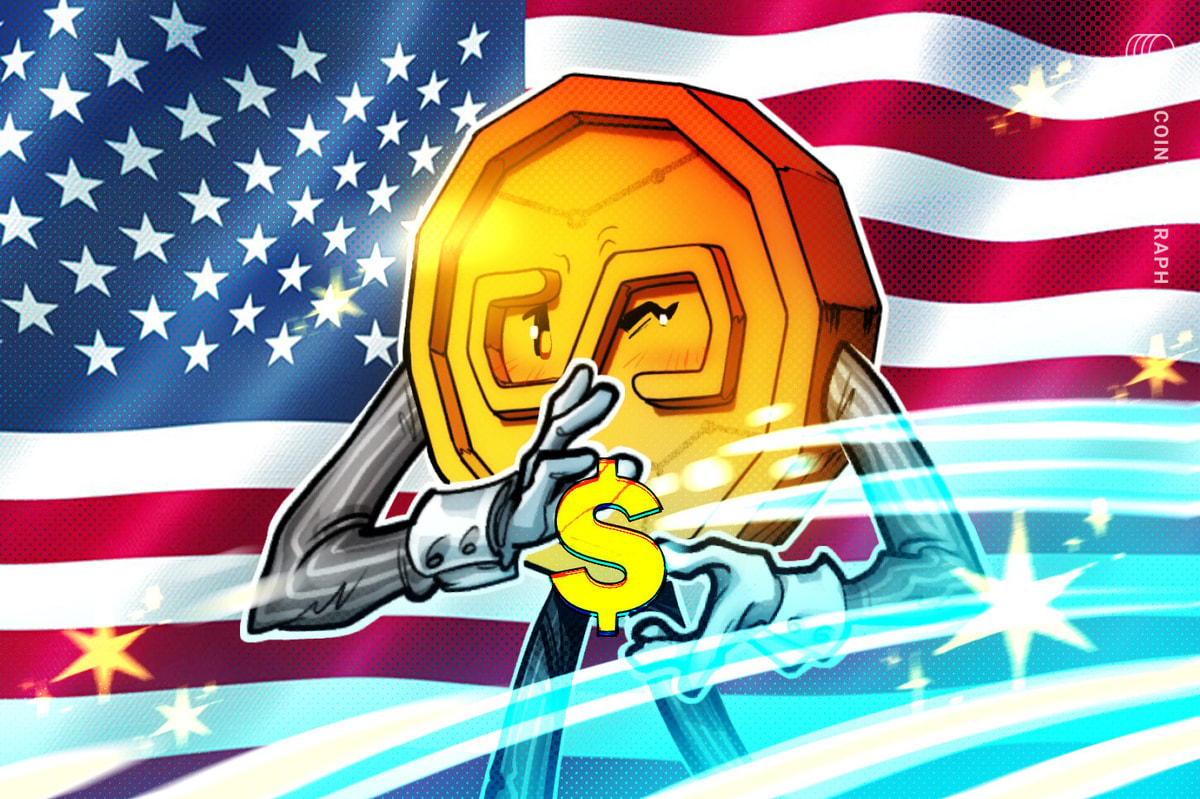The Bank of North Dakota is entering the stablecoin market with Roughrider Coin, a US dollar–backed cryptocurrency developed in partnership with payments firm Fiserv.
According to a Wednesday announcement, the token will be available to banks and credit unions in North Dakota in 2026 and is designed to support interbank transactions, merchant payments, and cross-border money movement.
Fiserv reportedly processed an estimated 35 billion merchant transactions in 2022. Its digital asset platform was introduced in June alongside a “white-label” stablecoin for banks. Roughrider Coin will operate on this system and Fiserv expects it to be interoperable with other stablecoins.
The coin is named after Theodore Roosevelt, who served as US president from 1901 to 1909. In the late 1800s, Roosevelt led a unit called the Rough Riders that fought in Cuba against the Spanish Army. He settled in North Dakota after retiring from politics.
The Bank of North Dakota was founded in 1919 and is the nation’s only state-owned bank, according to its website. With just over $10 billion in assets, it partners with local banks and credit unions to support agriculture, commerce and industry through liquidity, loan participation and secondary market services, with profits reinvested into state programs and economic development.
North Dakota Governor Kelly Armstrong said that issuing a stablecoin “backed by real money” shows the state “is taking a cutting-edge approach to creating a secure and efficient financial ecosystem for our citizens.”
The Roughrider token will be the second state-issued stablecoin announced in the US this year, following Wyoming’s Frontier Stable Token (FRNT) mainnet launched in August on seven blockchains before confirming Hedera as its issuer in September.
Related: Stablecoin market boom to $300B is ‘rocket fuel’ for crypto rally
The competitive stablecoin landscape
When Wyoming and North Dakota bring their stablecoins online, they’ll enter a market more crowded than ever. Since the GENIUS Act was passed in July, the US stablecoin landscape has become increasingly fragmented and competitive.
While established issuers like USDt (USDT) and USDC (USDC) still dominate by market capitalization, a new wave of entrants is reshaping the market.
On Sept. 24, crypto derivatives platform Hyperliquid launched its native stablecoin USDH, issued by Native Markets. The dollar-pegged token will circulate within Hyperliquid’s network, which processed more than $330 billion in trading volume in July.
A day later, Cloudflare announced plans for NET Dollar, a US dollar–backed stablecoin designed for AI-driven payments supporting real-time, programmable transactions between autonomous agents.
As the list of stablecoins grows, some industry leaders view the surge in competition as a sign of healthy maturation rather than chaos.
“If more teams are looking to launch or utilize stablecoins, it means that stablecoins are succeeding in solving problems for businesses and users,” Austin Ballard, partnerships manager at Offchain Labs, told Cointelegraph. “In the long term, it will be a net benefit.”
Magazine: How do the world’s major religions view Bitcoin and cryptocurrency?






